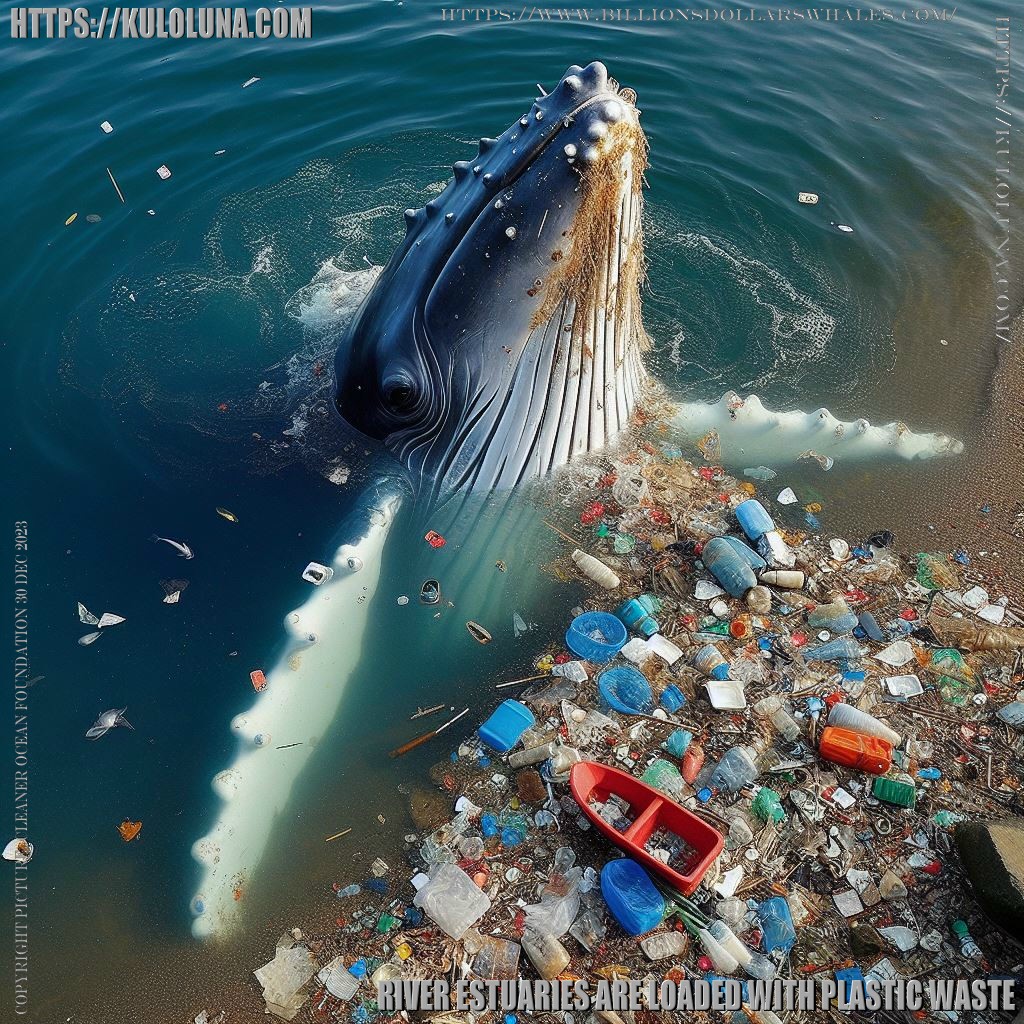
There are some reports and studies about humpback whales being caught up, drowning or otherwise killed in ghost fishing nets or ropes. Ghost fishing is the term used to describe the entanglement or trapping of marine animals by lost or abandoned fishing gear
[9]. Ghost fishing can cause serious injuries, infections, starvation, suffocation, drowning, or predation to the affected animals
[9].
According to web search results, humpback whales are one of the species that are vulnerable to ghost fishing, especially in their migration and breeding grounds
[10] [11]. Some of the examples of humpback whale entanglement by ghost fishing gear are:
- In May 2022, a humpback whale entangled in fishing gear washed up dead close to Scrabster, near Thurso on the north Caithness coast
[10].
- In April 2022, another humpback whale was found to have been entangled in rope for "weeks, if not months" before it drowned off the East Lothian coast near Tyningham
[10].
- In October 2019, a pregnant humpback whale was found dead and tangled in a fishing net in Orkney. The net was jammed in the animal’s baleen, the filter-feeder system inside its mouth
[12].
- In January 2022, a humpback whale was found dead on a beach in Western Australia with a fishing net wrapped around its tail
[13].
These cases illustrate the tragic consequences of ghost fishing for humpback whales and other marine life. Some of the possible solutions to prevent or reduce ghost fishing include:
- Improving the design and durability of fishing gear to minimize the risk of loss or breakage
[9].
- Implementing regulations and incentives to encourage the reporting and retrieval of lost or abandoned fishing gear
[9].
- Supporting the development and use of biodegradable or traceable fishing gear that can degrade or be located over time
[9].
- Raising awareness and education among fishers and consumers about the impacts and solutions of ghost fishing
[9].
- Supporting the research and monitoring of ghost fishing and its effects on marine ecosystems and wildlife
[9].
According to web search results, baleen whales are consuming millions of particles of microplastic pollution a day, making them the largest consumers of plastic waste on the planet [1] [2]. The study found that most microplastics consumed by baleen whales are in the krill and fish they eat, rather than in the
water [1]. The plastic particles are similar in size to the food the smaller organisms eat [1].
The researchers also suggest that these whales may be at risk of cumulative physiological and toxicological effects of consuming
microplastics [1]. Microplastics also pose an even greater risk to bigger baleen whales, like the
blue
whale, the biggest animal on Earth [1]. The study estimates that blue whales can eat about 10 million pieces of microplastic pieces per day and a
fin whale will consume 5.4 million pieces [1]. Humpback whales that eat fish consume about 200,000 pieces per day, but
humpbacks that consume krill ingest about 1 million pieces of microplastic per day [1].
The study is the first to estimate microplastic consumption for blue, fin and humpback whales, which are baleen whales and use filters to catch their
prey [1]. It was published in the peer-reviewed, open access scientific journal Nature
Communications [1]. The data was collected in the coastal waters of California, but the scientists said other parts of the world were more polluted [1].
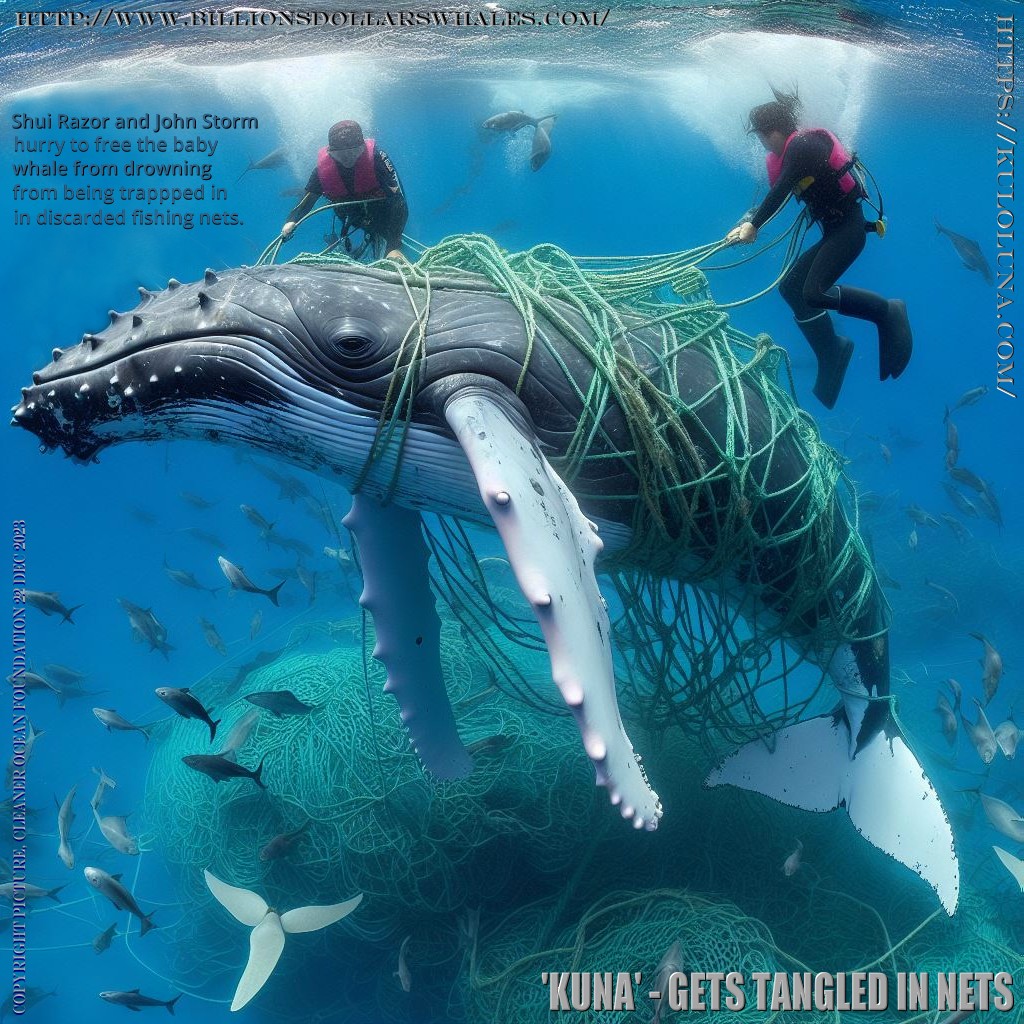
Plastic pollution is a serious threat to marine life and ecosystems. Plastic can affect marine species in various ways, such as:
- Entanglement: Large items of plastic, such as fishing gear, six-pack rings, and plastic bags, can capture and entangle marine mammals, fish, turtles, and birds, and prevent them from escaping, feeding, or moving normally. This can cause injuries, infections, starvation, suffocation, drowning, or predation
[1] [2].
- Ingestion: Small pieces of plastic, such as microplastics and fragments, can be mistaken for food by marine animals, from zooplankton to whales. This can lead to digestive problems, internal injuries, reduced stomach capacity, malnutrition, starvation, or toxic contamination
[1] [2] [3].
- Toxic contamination: Plastic can absorb and release harmful chemicals, such as
persistent organic pollutants (POPs), heavy metals, and endocrine disruptors, into the water or into the tissues of marine organisms. This can affect their growth, development, reproduction, immunity, and behaviour, and potentially cause diseases, mutations, or cancers
[1] [2] [3]. These chemicals can also biomagnify up the food chain, posing risks to human health and food safety
[1] [2].
- Habitat degradation: Plastic can damage or alter the physical structure and function of marine habitats, such as coral reefs, seagrass beds, and mangroves. Plastic can smother, break, or erode these habitats, reducing their biodiversity, productivity, and resilience
[4] [5] [6]. Plastic can also transport invasive species or pathogens across regions, disrupting the ecological balance
[4] [5].
Plastic pollution is a global problem that requires urgent action from all stakeholders, including governments, businesses, consumers, and civil society. Some of the possible solutions include:
- Prevention: Reducing the production and consumption of single-use plastics, promoting circular economy and sustainable design, implementing bans or taxes on plastic products, and raising awareness and education on the impacts of plastic pollution
[4] [5] [6].
- Collection: Improving the waste management and disposal systems, especially in developing countries, to prevent plastic leakage into the environment, and supporting clean-up initiatives and campaigns to remove plastic from the ocean and the coastlines
[4] [5] [6].
- Recycling: Increasing the recycling capacity and efficiency, developing innovative technologies and methods to recycle plastic waste, and creating incentives and markets for recycled plastic products
[4] [5] [6].
- Research: Enhancing the scientific knowledge and understanding of the sources, pathways, fate, and effects of plastic pollution, as well as the potential solutions and alternatives, and supporting the monitoring and assessment of the plastic pollution situation
[4] [5] [6].
PLASTIC SOUP FOUNDATION 17 DECEMBER 2021 - SURPRISING FINDINGS FROM NEW RESEARCH INTO MICROPLASTICS IN WHALES
An international team of researchers analysed the faeces of two species of whale in New Zealand for microplastics. They wanted to find out the degree to which exposure to microplastics is more closely related either to floating particles of plastic in the water or to particles in their food (fish and krill). For the first time, there is a strong indication that most microplastics, almost all of them fibres, come from food.
Every day baleen whales ingest about three million pieces of microplastics. This is much more than shown in previous studies. Baleen whales feed by opening their mouths wide open and allowing huge amounts of seawater to flow in. They then press that water out again and the food, consisting of small fish and zooplankton, gets caught in the baleen. This means that they also ingest microplastics which are then excreted.
A WHALE NAMED JOHANNA
When a humpback whale washed ashore onto a sandbank off the island of Texel in the Netherlands in December 2012, the contents of its intestines were examined in depth. This could give an indication of the level of microplastics pollution. The research on this baleen whale, who was given the name Johanna, did indeed show that there were microplastics in her intestines. This was even the first time that this could be determined with any certainty. There were several types and shapes of plastic. In total, 45 pieces measuring between 1 mm and 17 cm were found. Research into microfibres was not done because of the fear of contamination (fibres originating from the clothing worn by the researchers).
The researchers suspected that there was a relationship between the concentration of microplastics in the intestines and the area in which the whale had foraged. The concentration indicates the level of pollution in the sea in which Johanna swam.
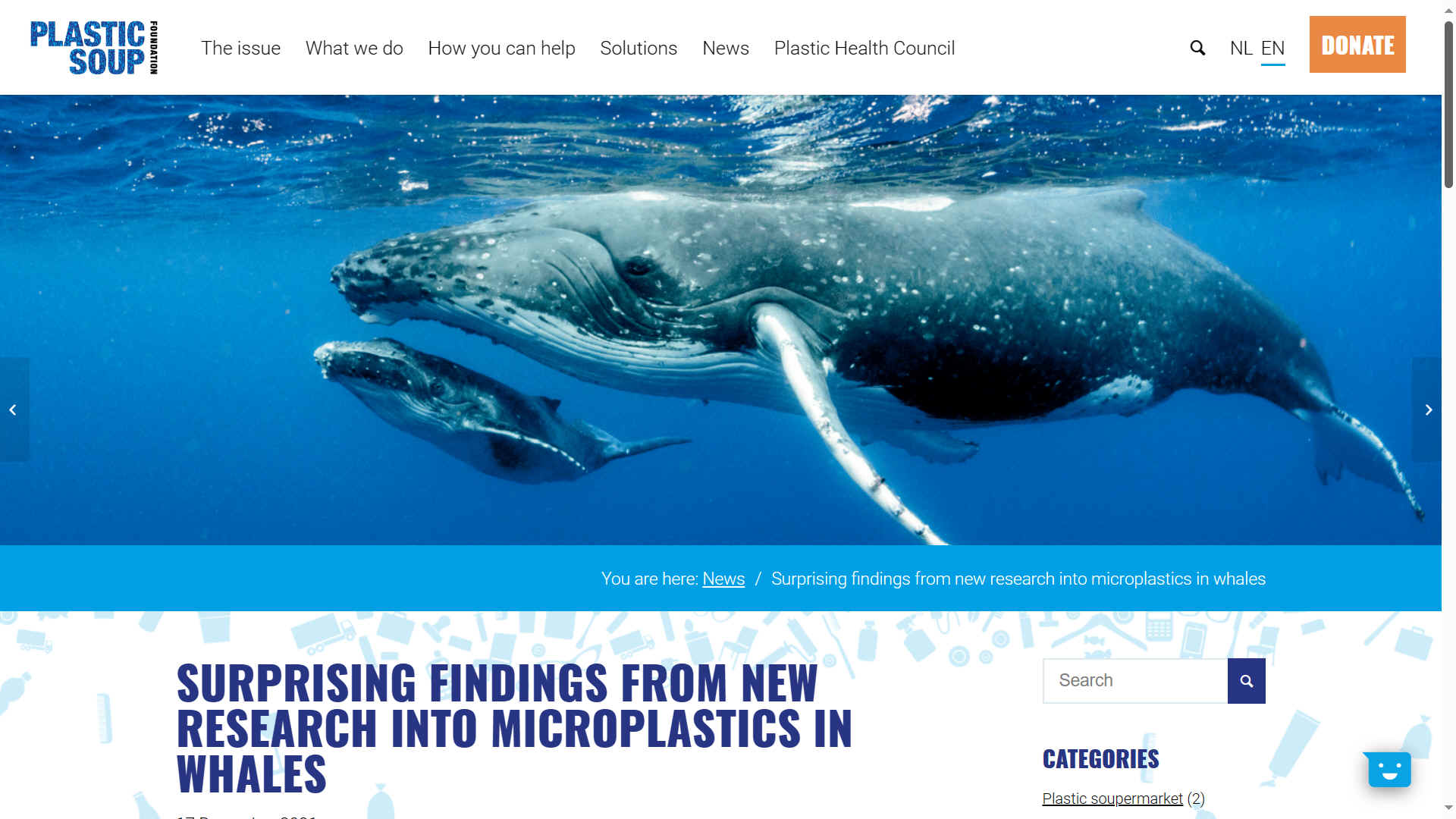
TWO BALEEN WHALES FROM NEW ZEALAND
There is another method. When whales excrete they leave behind a large brown cloudy plume in the
water. Samples can be taken from the plume. In this case, researchers took faeces samples of two whale species (Bryde and Sei) in the area around Auckland. Like humpback whales, Bryde and Sei whales filter feed. The samples were then tested for plastic and
DNA.
By comparing the concentration of microplastics in the faeces to that in seawater (information gathered in other research), an estimate could be made of its origins, that is, whether it came from the seawater or from food. There appeared to be a big difference. Their estimate is that there are up to 10,000 times more microplastics in the ingested food than in the swallowed seawater. Other research had previously shown that
zooplankton ingest microplastics.
To determine this, the researchers suggest follow-up research in which the faeces samples are examined for microplastics along with their surrounding seawater and the prey they contain.
FIBRES AND MORE FIBRES
The average length of the microplastics was 1085 ± 1395 μm. Given this size, it is likely that they were indeed derived from the prey as the plastic particles are smaller than the species of prey. DNA analysis showed the species of zooplankton that the whales ate, but the analysis was not able to determine whether one species of prey contained more microplastics than another. In contrast to the researchers who worked on the whale Johanna, microfibres were analysed. Of all the microplastics, more than 99% appeared to be fibres, most of which were blue or black (83%) that came from products such as jeans and fleeces.
The researchers did not address the issue of the level of threat that would be posed by zooplankton that ingests microplastics. This is an important question though as
plankton is the base of the marine food chain.
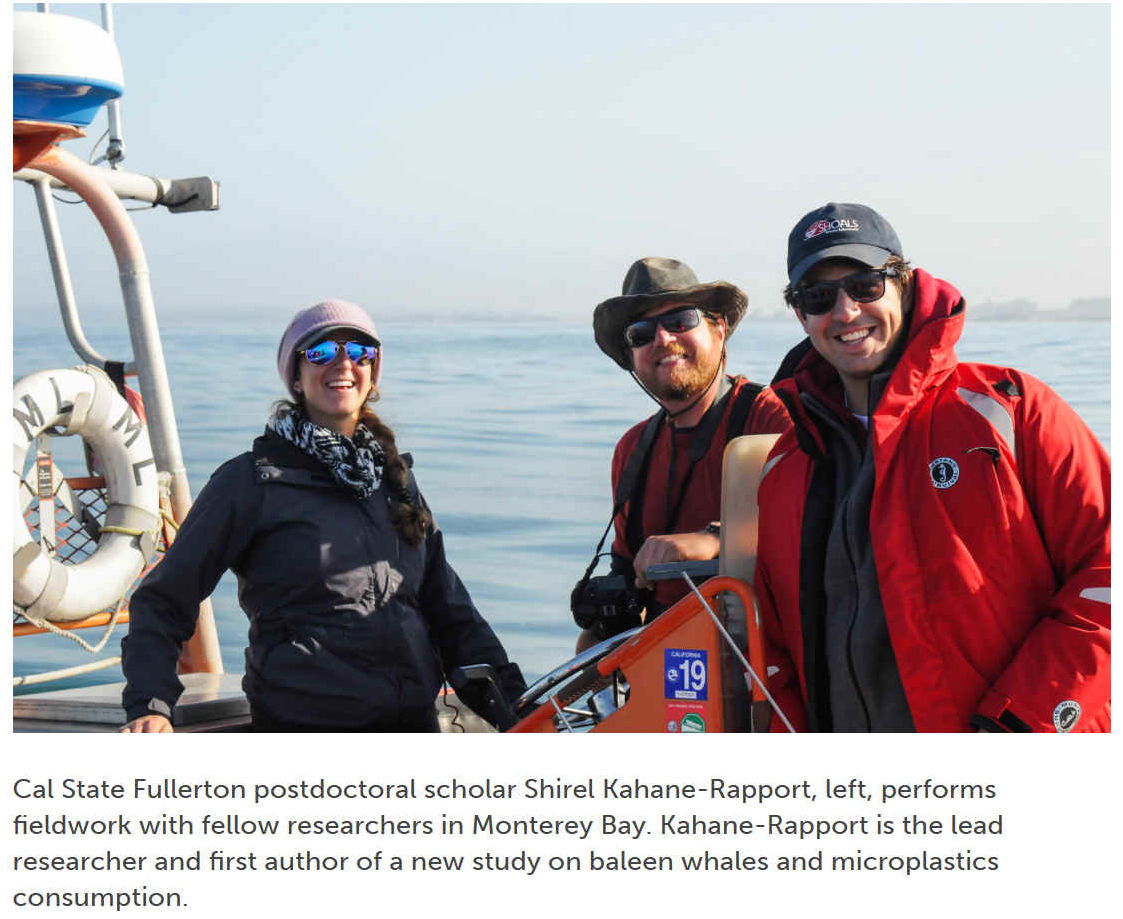
CSFU CALIFORNIA STATE FULERTON 1 NOVEMBER 2022 - NEW STUDY REVEALS ALARMING AMOUNT OF MICROPLASTIC INGESTED BY BALEEN WHALES OFF COAST
CSUF Postdoctoral Scholar, Marine Scientists' Research Published in Prestigious Journal Nature Communications
A new collaborative study reveals that filter-feeding baleen whales ingest millions of pieces of microplastics — and consume more plastic than any other ocean organism.
The study found that most microplastics — small particles of plastics measuring less than five millimeters — consumed by baleen whales are from the prey they eat, and not from the water, said Cal State Fullerton postdoctoral scholar Shirel Kahane-Rapport, lead researcher of the study.
“We found that 99% of microplastic ingestion comes from the food the whales eat, such as krill,” Kahane-Rapport said. “Microplastic pollution is a rapidly growing problem, and this work is a first step in understanding how it affects these oceanic giants.”
Microplastics also pose an even greater risk to bigger baleen whales, like the blue whale, the biggest animal on Earth. Baleen whales, which includes blue, humpback,
gray and fin whales, are toothless and have a filter-feeding system inside their mouths.
The findings highlight how the blue whale can eat about 10 million pieces of microplastic pieces per day and a fin whale will consume 5.4 million pieces. Humpback whales that eat fish consume about 200,000 pieces per day, but humpbacks that consume krill ingest about 1 million pieces of microplastic per day.
The study was published Nov. 1 in the peer-reviewed, open access scientific journal Nature Communications, with Kahane-Rapport as the paper’s first author. The research examines the foraging behavior of baleen whales along California’s coast and how that overlaps with microplastic distributions in the water column.
Kahane-Rapport’s research collaborators and co-authors of the journal paper are from Stanford University, UC Santa Cruz, Cascadia Research Collective in Washington, and NOAA Southwest Fisheries Science Center in Monterey.
Neither the amount nor pathway of microplastic ingestion by baleen whales is well understood. These whales may be at higher risk of microplastic ingestion due to their filter-feeding behaviors, immense prey consumption and habitat overlap with polluted regions, such as the California Current, the researchers stated.
In search of answers, the researchers studied blue, fin and humpback whales to measure plastic ingestion rates and routes of exposure. The study’s authors also suggest that these whales may also be at risk of cumulative physiological and toxicological effects of consuming microplastics.
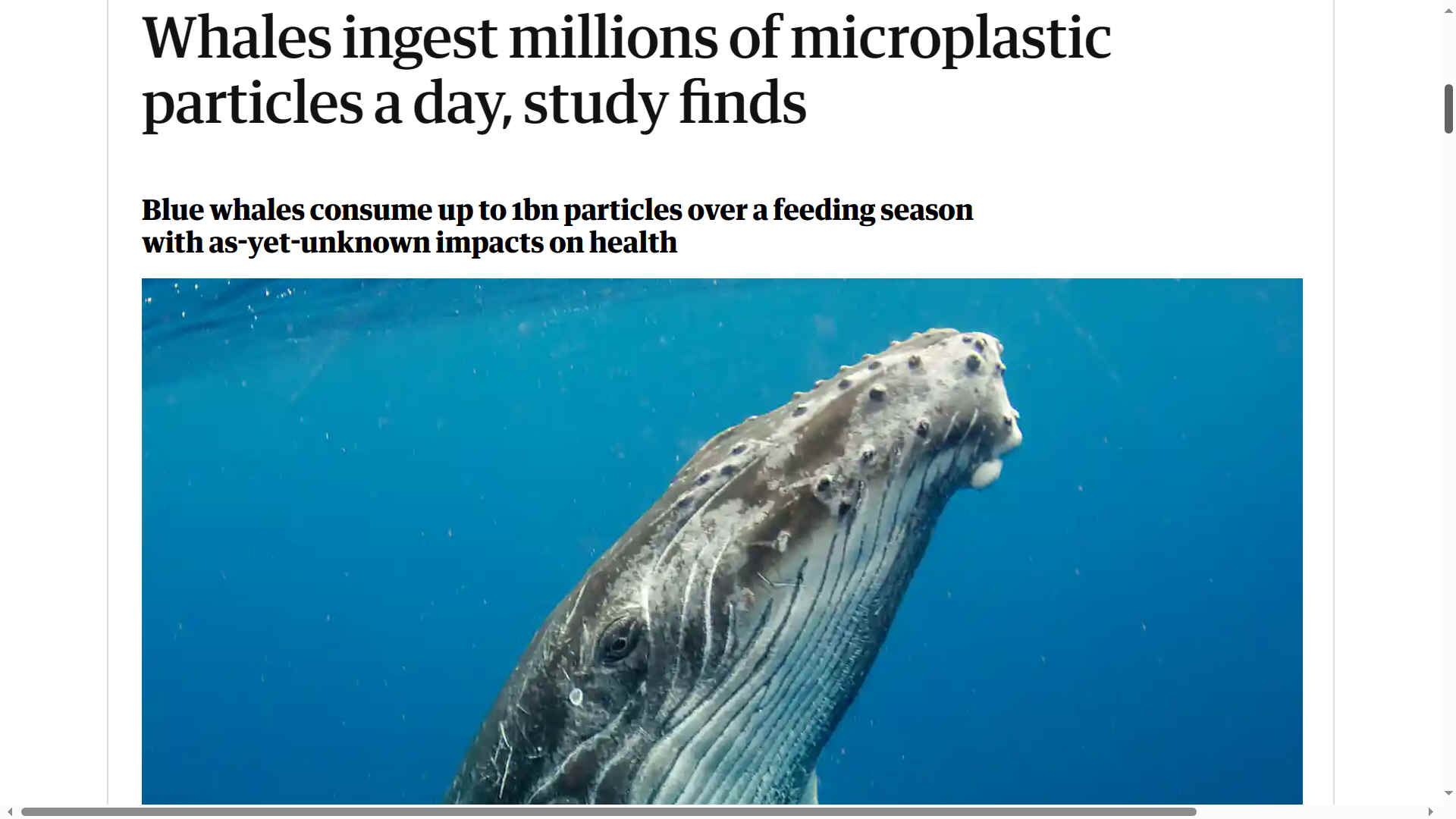
“The ocean is often the garbage dump for humanity’s waste. Eventually, what we put into the ocean will come back to affect us,” Kahane-Rapport noted. “Microplastics and macroplastics enter the ocean at alarming rates. Studying whales allows us to see how plastic is moving up the food chains.”
The study showed that baleen whales mostly feed at depths from 160 feet to 820 feet, which coincides with the highest measured microplastic concentrations in the ecosystem, Kahane-Rapport added.
Kahane-Rapport began working on the research in 2016 as a doctoral student at Stanford. She earned her doctorate in June 2021 and is now conducting marine biology research under the mentorship of CSUF’s Misty Paig-Tran, associate professor of biological science. Her current research focuses on how baleen whales use
baleen plates to filter food.
“Dr. Kahane-Rapport has taken on the monumental task of creating the first truly viable estimations of potential microplastic contamination in filter-feeding whales,” said Paig-Tran, whose students are studying the impact of microplastics entering and moving through the marine food chain, including to
Pacific
sardines.
“I applaud the team’s efforts to collect microplastics at the depths where whales are actively feeding. This study is truly sombering — and a step forward toward understanding how
human microplastic debris can have far reaching effects, even on the world’s largest animals.”
For the study, the researchers tagged a total of 191 baleen whales with Customized Animal Tracking Solutions (CATS) tags, Digital Acoustic Recording (DTAG) tags and medium duration dart tags.
Deployments were collected from 2010 through 2019 and recorded whales feeding within Southern California’s Channel Islands, and the Northern California coastal waters of Monterey Bay, the Gulf of the Farallones and Cordell Bank National Marine Sanctuary.
With more plastic pollution entering marine food webs, it’s increasingly important to determine the mechanisms and extent of plastic ingestion in marine species.
“Our work has shown that rorqual whales, a family of baleen whales and the largest consumers on
Earth, are also likely to be the largest consumers of plastic on an absolute basis,” Kahane-Rapport said.
“Furthermore, baleen whales eating and excreting microplastic on their feeding grounds may affect distribution of plastic in the water column in still unknown ways. Linking microplastic ingestion rates to the effects of microplastics on marine life is a crucial next step to meet conservation and
sustainability challenges.”
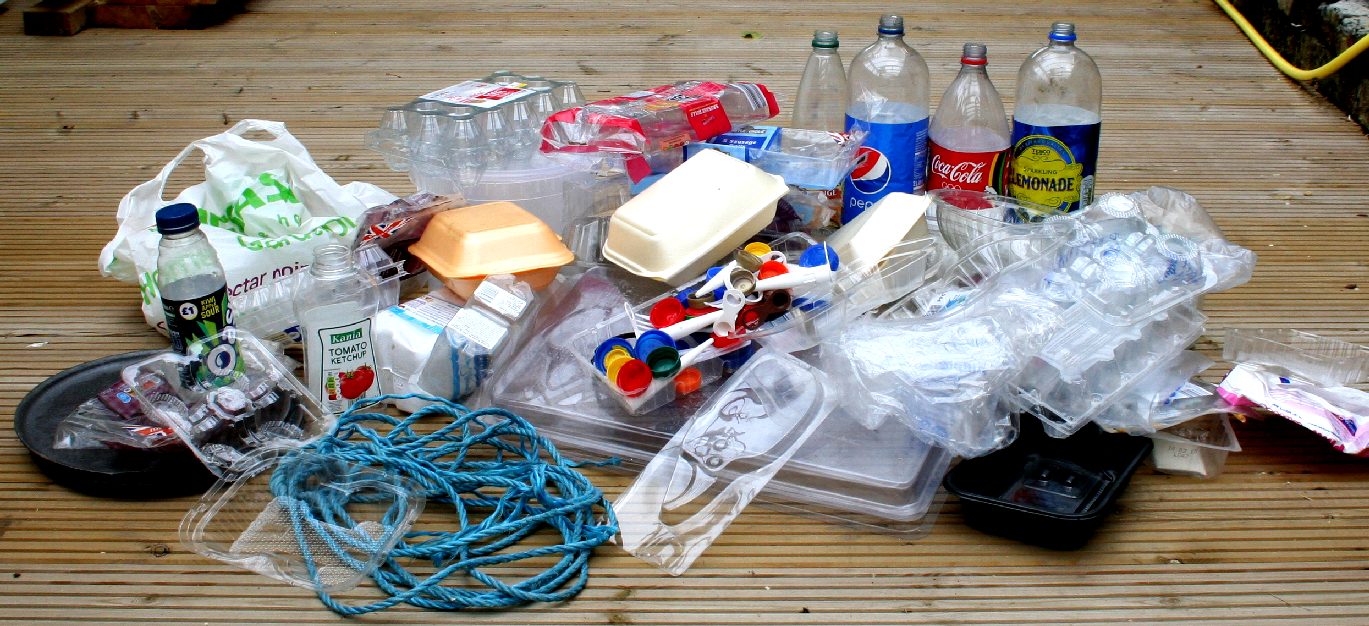
....
[1]
https://news.fullerton.edu/2022/11/new-study-reveals-alarming-amount-of-microplastics-ingested-by-baleen-whales-off-californias-coast/
[2] https://www.theguardian.com/environment/2022/nov/01/whales-ingest-millions-of-microplastic-particles-a-day-study-finds
[3] https://www.plasticsoupfoundation.org/en/2021/12/surprising-findings-from-new-research-into-microplastics-in-whales/
[4]
https://www.fauna-flora.org/explained/how-does-plastic-pollution-affect-marine-life/
[5] https://www.iucn.org/resources/issues-brief/marine-plastic-pollution
[6] https://www.unep.org/topics/ocean-seas-and-coasts/ecosystem-degradation-pollution/plastic-pollution-and-marine-litter-0
[7] https://www.wwf.org.uk/updates/how-does-plastic-end-ocean
[8] https://www.iucn.org/story/202207/plastic-pollution-crisis
[9]
https://www.bbc.co.uk/news/uk-scotland-highlands-islands-50510666
[10] https://www.bbc.co.uk/news/science-environment-55987350
[11] https://www.bbc.com/news/world-australia-61991111
[12] https://www.bbc.co.uk/news/uk-scotland-north-east-orkney-shetland-49971798
[13] https://www.theguardian.com/environment/2022/jan/17/entangled-humpback-whales-sad-fate-has-researchers-calling-for-action-on-fishing-nets
[1] https://news.fullerton.edu/2022/11/new-study-reveals-alarming-amount-of-microplastics-ingested-by-baleen-whales-off-californias-coast/
[2] https://www.theguardian.com/environment/2022/nov/01/whales-ingest-millions-of-microplastic-particles-a-day-study-finds
[3] https://www.plasticsoupfoundation.org/en/2021/12/surprising-findings-from-new-research-into-microplastics-in-whales/
[4]
https://www.fauna-flora.org/explained/how-does-plastic-pollution-affect-marine-life/
[5] https://www.iucn.org/resources/issues-brief/marine-plastic-pollution
[6] https://www.unep.org/topics/ocean-seas-and-coasts/ecosystem-degradation-pollution/plastic-pollution-and-marine-litter-0
[7] https://www.wwf.org.uk/updates/how-does-plastic-end-ocean
[8] https://www.iucn.org/story/202207/plastic-pollution-crisis
[9]
https://www.bbc.co.uk/news/uk-scotland-highlands-islands-50510666
[10] https://www.bbc.co.uk/news/science-environment-55987350
[11] https://www.bbc.com/news/world-australia-61991111
[12] https://www.bbc.co.uk/news/uk-scotland-north-east-orkney-shetland-49971798
[13] https://www.theguardian.com/environment/2022/jan/17/entangled-humpback-whales-sad-fate-has-researchers-calling-for-action-on-fishing-nets
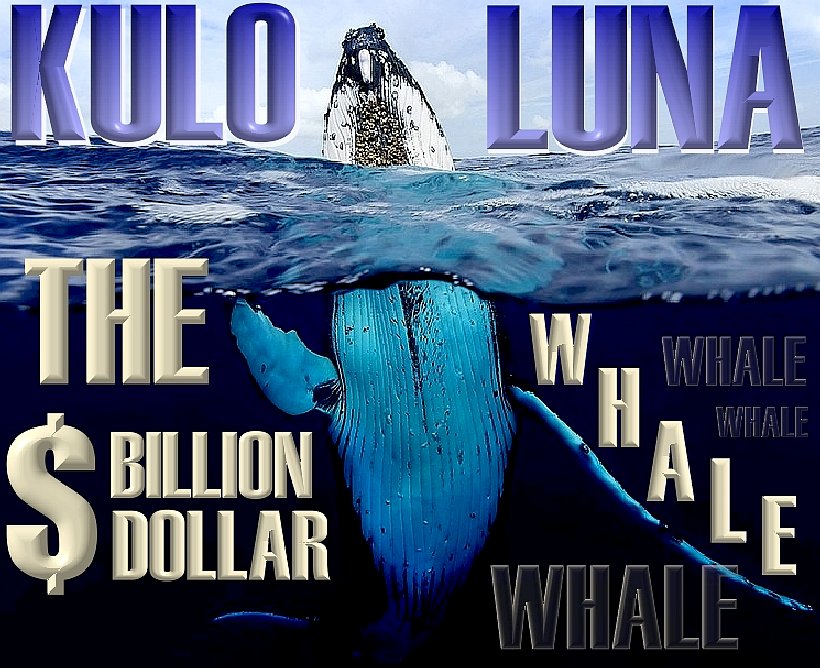
ABS
- BIOMAGNIFICATION
- CANCER
- CARRIER
BAGS - COTTON
BUDS
DDT
- FISHING
NETS - HEAVY
METALS - MARINE
LITTER
MICROBEADS
- MICRO
PLASTICS - NYLON
- OCEAN
GYRES
OCEAN
WASTE - PACKAGING
- PCBS
- PET
- PLASTIC
PLASTICS
- POLYCARBONATE
- POLYSTYRENE
POLYPROPYLENE
-
POLYTHENE - POPS
PVC
- SHOES
- SINGLE
USE - SOUP
STRAWS
- WATER
Please use our
A-Z INDEX to
navigate this site




